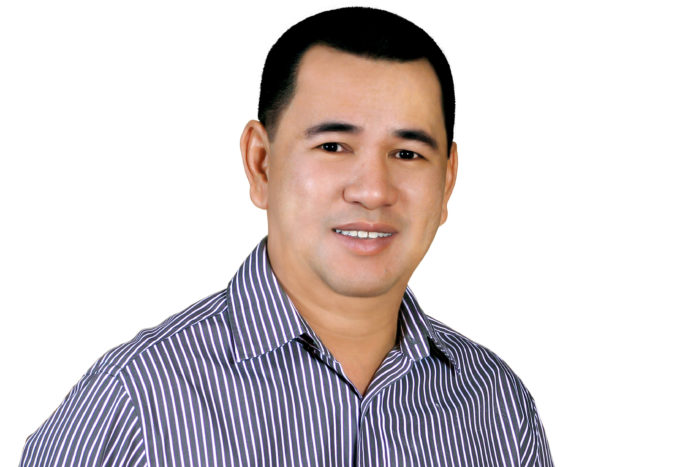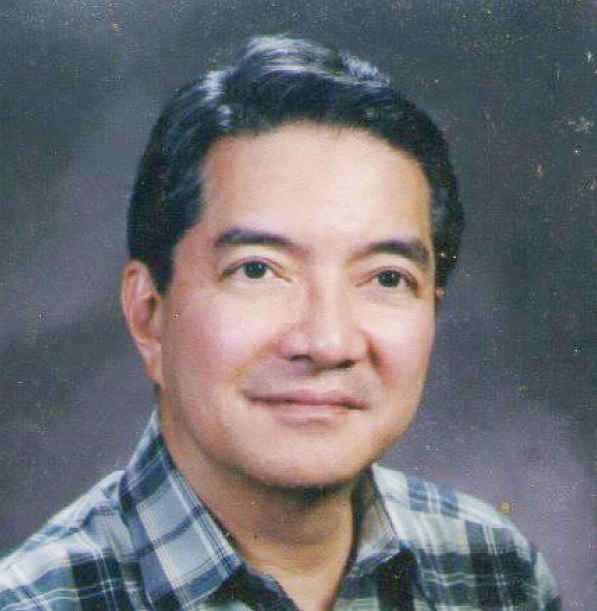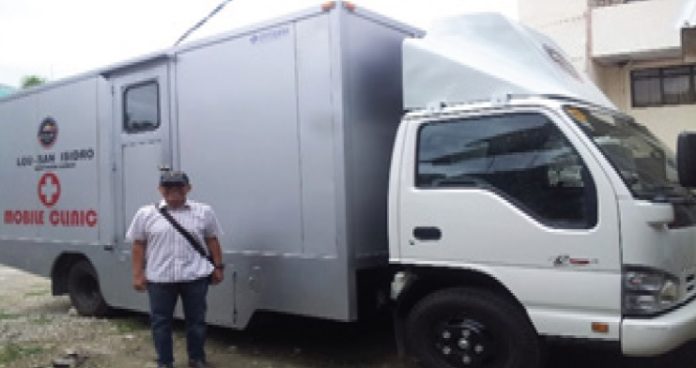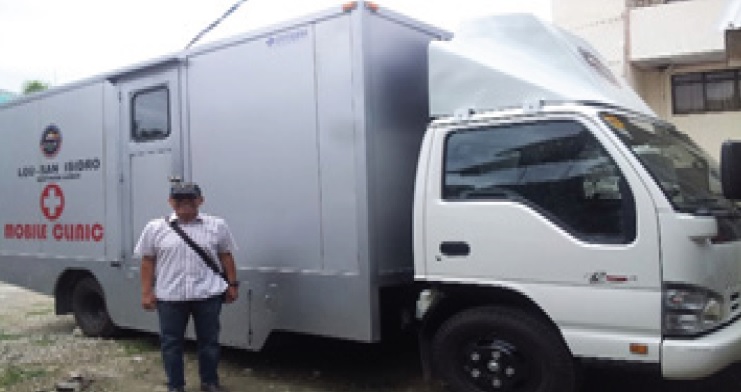
Business complex, public terminal to be constructed
TACLOBAN CITY- The provincial government of Samar and the Gaisano-owned Metro Retail Stores Group Inc. (MRSGI) has entered a joint venture agreement wherein a 22-hectare property located in Catbalogan City will be converted into a mixed-use complex.
And this early, Governor Sharee Ann Tan expressed her optimism that the joint venture agreement that she entered in behalf of the provincial government will reap benefits in favor of Samar’s economy and its people.
“Among the advantages of this joint venture is the foreseeable increase in employment rate, the economic boom, and the revenues from the operation of the convention center, government center with business processing outsourcing(BPO) center, and terminal will all belong to the province,” Tan said.
The governor heralded the joint venture agreement saying it will kick start on the economic development of Samar.
It was learned that based on the joint venture agreement, MRSGI will construct and operate a department store, supermarket with a movie theater, a convention center, a government center with BPO space, and a hotel complex in Barangay 7 in Catbalogan City.
Also to be constructed inside the 22-hectare complex is a transport terminal.
It was learned that MRSGI has earmarked a total budget of more than P472.9 million to develop the area while the provincial government will provide the needed space where the mixed-use complex will be constructed.
The project is expected to start immediately after the provincial government formally turn over the property to MRSGI.
On its disclosure before the Philippine Stocks Exchange (PSE), MRSGI promised to complete the first phase which includes the department store, the supermarket with a theater and the hotel.
And as part of the deal, both the provincial government and MRSGI agreed to share in the monthly gross revenue and gross rent, without value-added tax, sourced from the operation of the department store and the supermarket.
MRSGI is to turn over the ownership of the department store, supermarket and the leasable spaces, to the provincial government after the agreed 30 year period.
(JOEY A. GABIETA)






